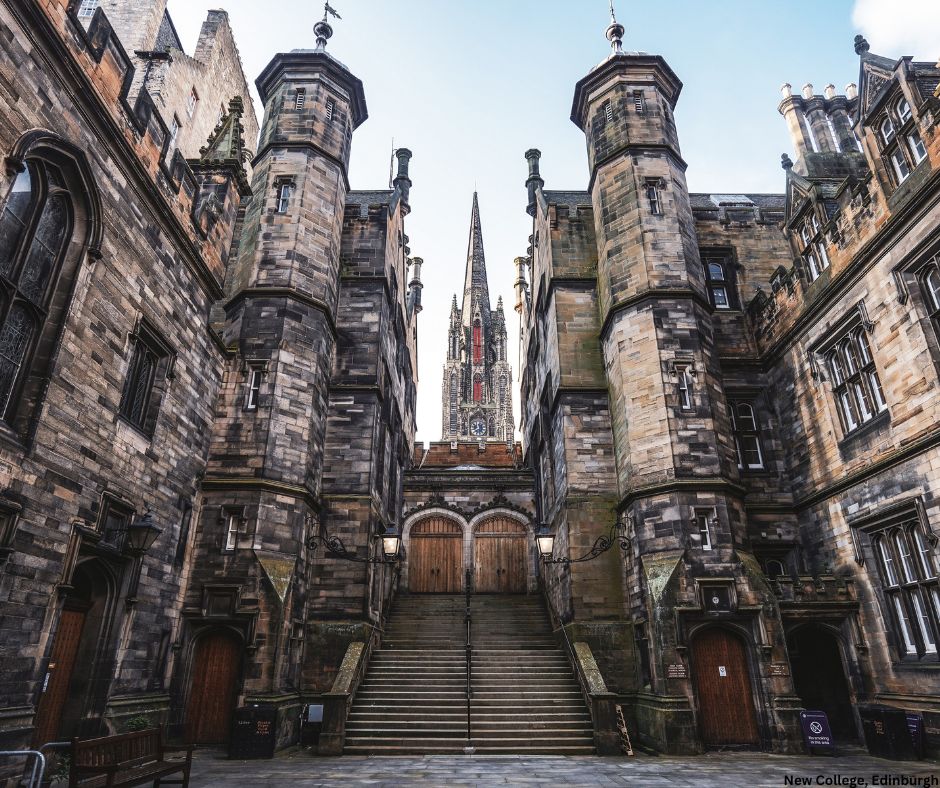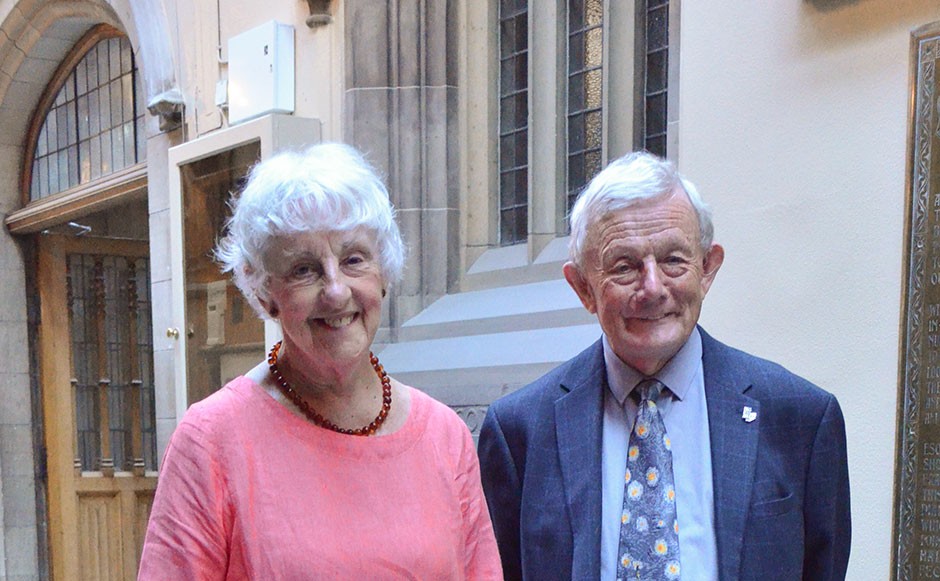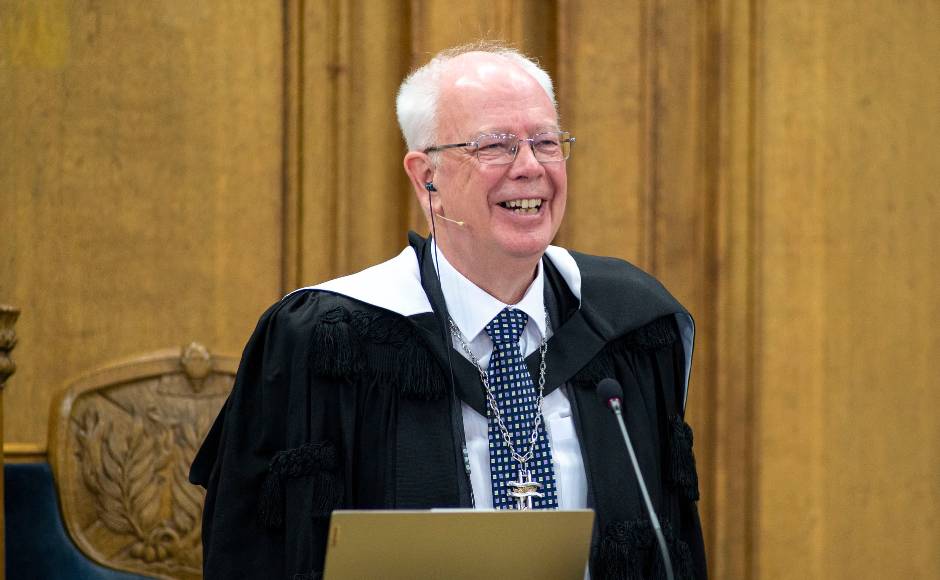Minister returns to the Scottish Parliament to mark the 25th anniversary of his first Time for Reflection address
Published on 5 November 2024 3 minutes read
A minister returned to the Scottish Parliament to address MSPs nearly 25 years after he led the first-ever Time for Reflection.
Rev Dr Graham Blount described the experience this afternoon as a "special and personal privilege".
The minister served as the first Scottish Churches Parliamentary Officer when the Scottish Parliament was reconvened in 1999 after being suspended for 292 years.
Time for Reflection marks the start of the parliamentary business week and entails people of faith and none addressing members.
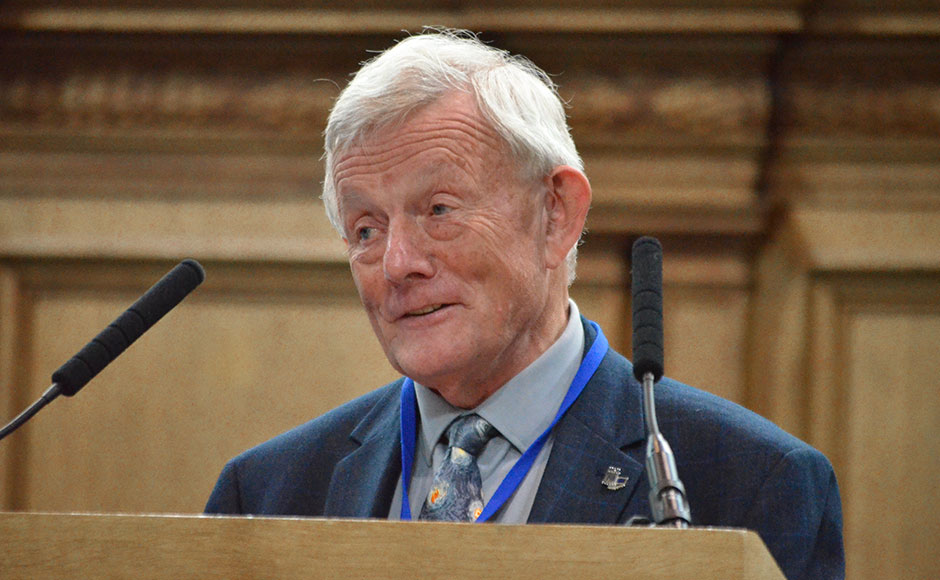
Dr Blount held the SCPO role for 10 years and said he learned his craft from observing the Conference of European Churches and its work with ecumenical institutions in Brussels and Strasbourg.
He described the body (then and now) as playing an enabling role and providing information and advice to churches, institutionally and at grassroots level.
The minister said SCPO used and created opportunities for people to engage with the Scottish Parliament, bringing together people with government ministers, civil servants and party portfolio spokespeople.
Dr Blount's address to MSPs in full.
"It is a special and personal privilege to be invited back 25 years after the first Time for Reflection - 25 years on seems a good time to reflect.
And what a day to do it on: a day to remember, remember a foiled faith-based terrorist attack on a parliament, a disturbing thought, for today.
Halfway between Guy Fawkes and today, that parliament had a major, accidental fire.
As the Westminster building was rebuilt, there was a competition for artists to submit paintings fit for the new building.
One of these has recently gone on display at the National Gallery here – it is called "Christ Teacheth Humility", and it wasn't accepted.
Officially, they didn't like its luscious colours, but I wonder if its theme didn't fit any more than it might fit in a church pulpit six feet above contradiction.
There's a lot going on in the painting.
Jesus' followers are embarrassed, having been caught jockeying for position, some seem uncertain at what their leader is saying, others are so enthusiastic they might be banging their desks if they had any, the opposition are horrified at the nonsense he's talking and some are hatching a plot to get rid of him.
Clearly all this didn't fit in a parliament, and anyway the backdrop is described as "distinctively Scottish".
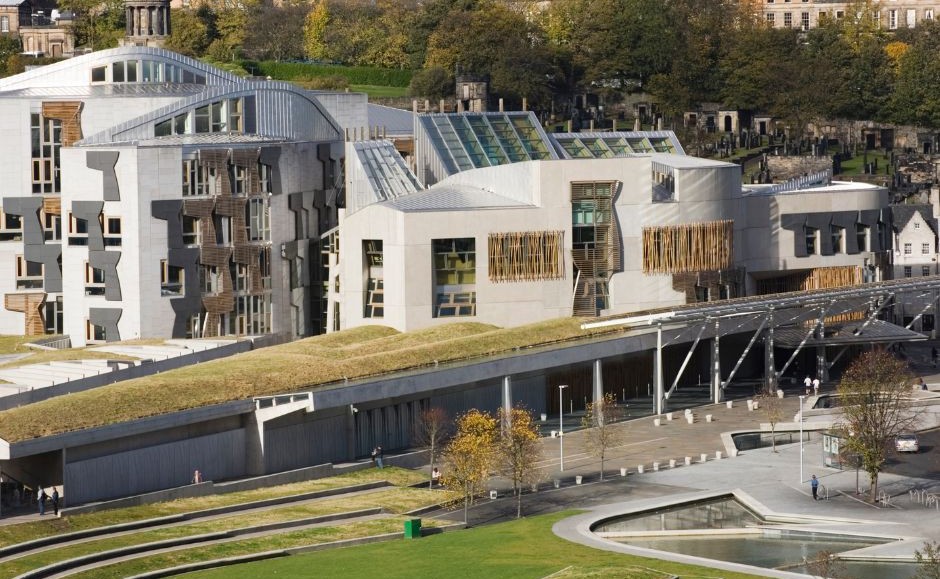
Though the artist's spotlight is on Jesus, he is pointing not to himself but to a wee child, shifting the focus from himself to someone that everyone else seems to ignore - a crazy upside-down way of thinking who's important.
Humility rightly gets a bad name when it is urged by powerful folk on others to know their place.
Here it's an invitation to get beyond any sense that ‘we' know best, that my church or my party has a monopoly on truth or righteousness.
It's an encouragement to listen carefully beyond the loudest voices, beyond those with most to say for themselves.
Could these be echoes of the hopes and dreams and visions we had for this place 25 years ago?
I believe they are still alive here, and outside.
May you, may we – with God - continue to do justly, love mercy and walk humbly.
Oh and there's one other thing in the picture.
A grumpy looking old man on the fringe, more in the "distinctively Scottish" backdrop, seeming unsure what to make of it all.
I'm worried he might be me - ask my granddaughter."
The Church of Scotland was part of the Scottish Constitutional Convention, an association of Scottish political parties, churches and other civic groups, that developed a framework for Scottish devolution.
The Scottish Parliament examines the activities of the Scottish Government, makes new laws on devolved matters and debates the issues of the day.
To mark the opening of a new parliamentary session, a Kirking of the Parliament service takes place at St Giles'
Cathedral.
Known as the High Kirk of Edinburgh, the building on the Royal Mile has been a major focal point in Scotland's capital city for 900 years.
